In IT we love to use fancy jargon, and Managed Service provider or MSP is no exception.
In this article we will break down what an MSP is, how it can help your business, and use some real-life examples of businesses, like you, who have made the switch to an MSP.
Firstly, what is a Managed Service Provider???
In a nutshell an MSP is your ‘outsourced IT Dept’ that provides proactive IT support. An MSP provides preventative measures, detecting most issues long before they become a problem.
The mission of an MSP is to protect your business from costly downtime and ensure that business continues seamlessly.
What is the break-fix model of IT support?
In contrast the ‘break-fix’ model of IT support is when you call an IT company when something breaks, and they come and fix it, on an adhoc pay by hour model. There is no ongoing support or preventative security measures taken. This is a bit like the ambulance at the bottom of the hill.
Top advantages of an MSP for your business:
We become an IT partner to your business: As an MSP we are interested in understanding your entire business. We see ourselves as a business partner who wants to help your business to succeed and grow. This is quite different from the ‘break-fix’ model. We anticipate a long-term working relationship with your business.
Proactive IT Support: As an MSP, our mission is to keep your business technology safe and available, and to anticipate your needs and requirements. This means minimum costly down time, and maximum business continuity.
Knowledge of your needs: As we have a long-term relationship with your business, we become closely acquainted with your IT systems, and your personnel. Because of this we understand how the parts make up the whole, rather than just offering a quick short-term solution, which may be costly in the future.
Cost savings: By outsourcing your IT management to us, you get a well-informed IT department on your team, without the cost and responsibility of training, recruiting, and retaining staff.
Case-Study
“An IT Alliance member had a company who was reaching out to them on a ‘break-fix’ basis. During Covid the IT Alliance member reached out to them to discuss becoming their MSP. They sat down and discussed what this actually meant, the services that the MSP offers, and the priority that is given to MSP clients. The client has been using them as an MSP for over two years now, and happily sings their praises, saying that having an MSP has revolutionized their business. No more waiting for IT support, no more downtime and so much more alignment”
So, what does an MSP actually do?
Remote Monitoring: An MSP proactively monitors, patches, and updates your software on an ongoing basis with 24/7 monitoring. This is all done in the background on an ongoing basis and requires no input from you.
Security: As an MSP we constantly review your systems to identify and address vulnerabilities. We can keep up with system updates, software patching, antivirus and more. It would be difficult for any business to keep up to date with all the daily security alerts. With an MSP this is all taken care of and is one less thing to worry about, so you can focus on your business.
Optimising hardware: An MSP provides information on optimal hardware that synchronises across your business. This includes laptops, desktops, and mobile devices, plus your network and servers. We can work with you to understand your growth requirements and work on the best timeline for your budget.
Strategic advice: As IT is our passion, we hear about a myriad of tools that may be of benefit for business goals. We share this advice with you, rather than you having to research or find out how you can optimise technology for your needs.
Regular reviews: As an MSP client, you are a priority which means that we schedule in regular proactive reviews. No more waiting on the phone to talk to someone to get IT support.
Business Continuity and disaster-recovery strategy: Nowadays it is crucial that you have a solid data-backup plan. We can help you with this process and ensure that everything can be efficiently restored should the need arise.
So what do I do now?
So now you have an overview of what an MSP is, and how they can help your business. The next step is talking to our team at Ultra IT about your specific needs. Many of our members tailor packages to suit your business requirements. Please feel free to reach out here for further advice.


